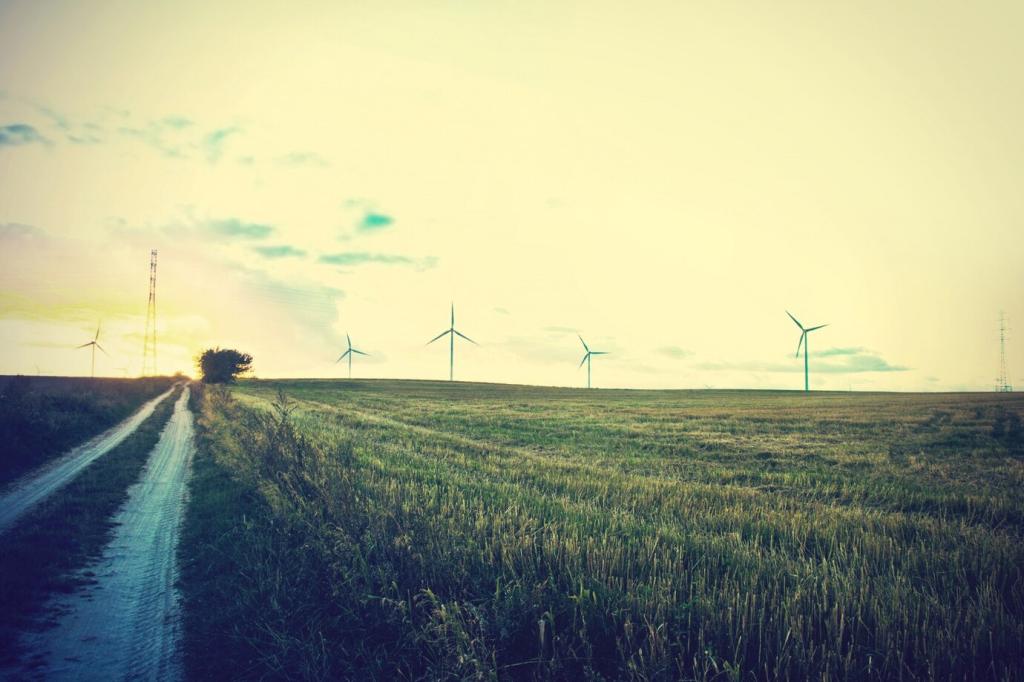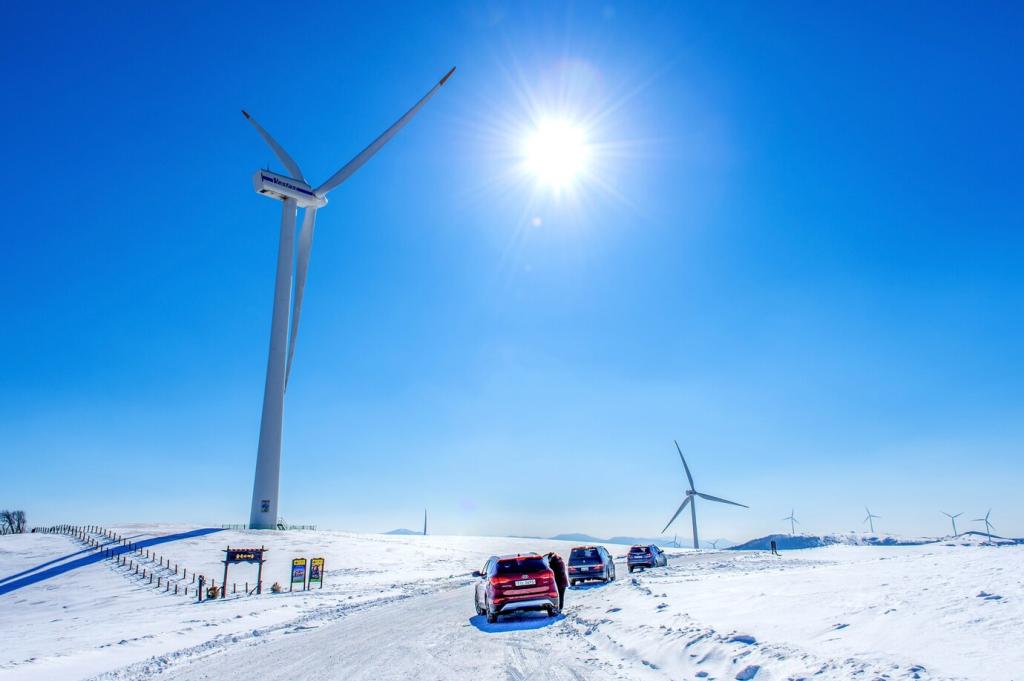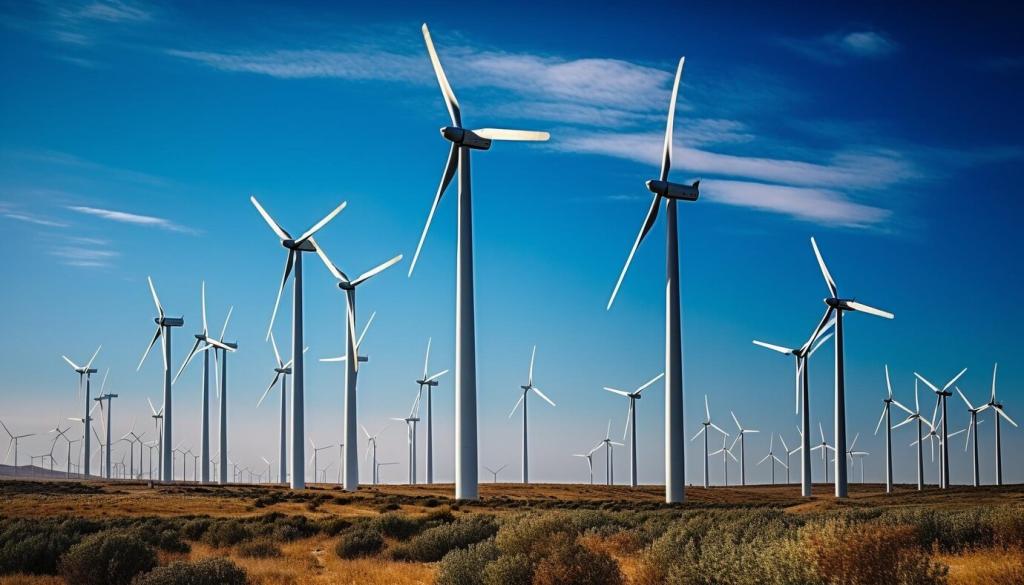Choosing Platforms and Sensors for Forest Insights
Multirotors excel at hovering, tight maneuvering, and vertical takeoff in cramped clearings. Fixed-wing drones cover larger areas efficiently with longer endurance. VTOL hybrid models blend both strengths, launching vertically and cruising like planes. Consider canopy height, wind conditions, mission duration, and landing constraints when deciding which platform best suits your forest goals.
Choosing Platforms and Sensors for Forest Insights
RGB cameras document structure and context, while multispectral and hyperspectral sensors quantify plant health and species signatures. LiDAR penetrates gaps to generate detailed canopy height and terrain models beneath foliage. Thermal imaging highlights stressed trees, wildlife, and hidden hotspots. Choose ruggedized sensors, reliable calibration, and consistent settings to ensure datasets remain comparable across seasons.





